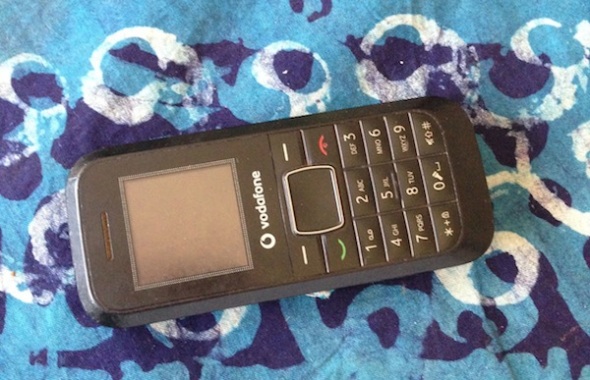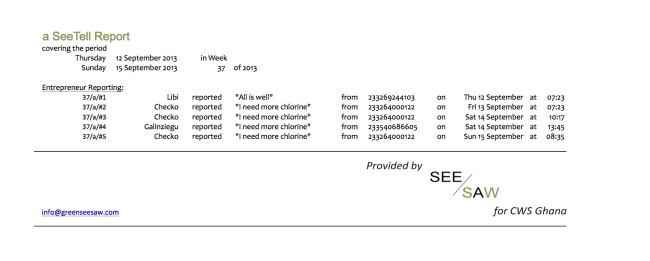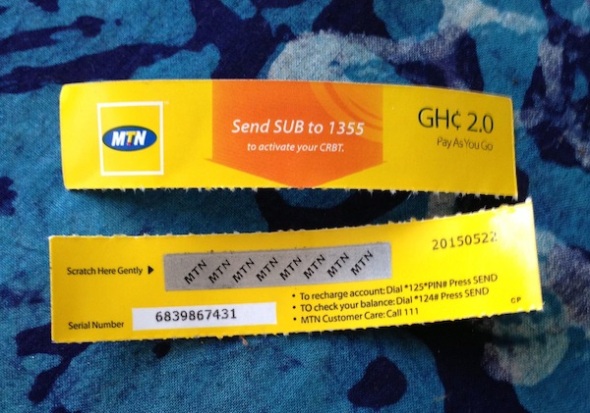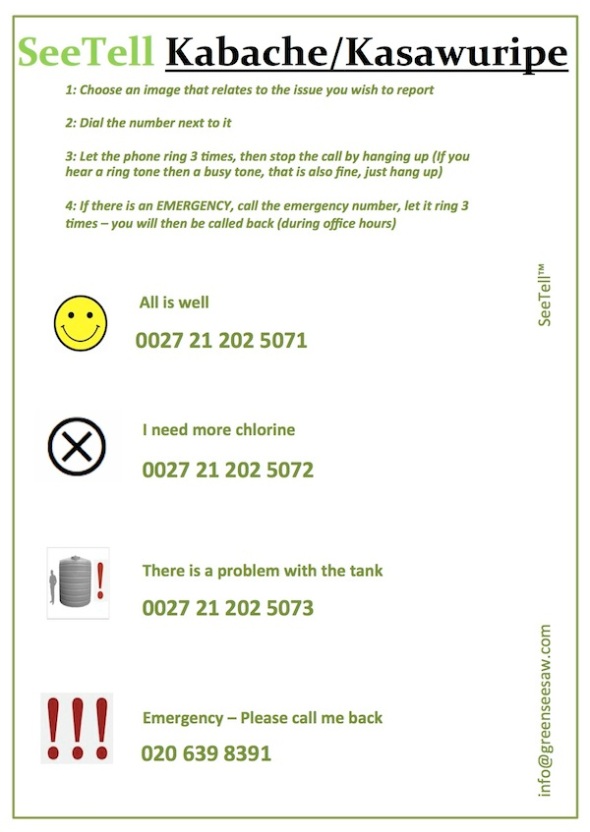
Today marks Day 1 of the second CWS solar center pilot. Shak and I will be leading the pilot in Kurugu Vohoyili. We have been monitoring the progress of the first solar center pilot in Wambong over the past 5 months. The first solar pilot has been a success, Chang Chang and Salima, the solar center entrepreneurs in Wambong, report that cell phone charging sales are high, they are making a substantial profit and they have even opened a bank account! The lanterns used in the first pilot were of poor quality, lasting anywhere from 20 minutes to 3 hours. The solar charging station was not big enough for customers and posed some logistical challenges during implementation. Shak and I hope to address both of these issues in the second pilot!

In February, we took a trip to visit Burro in Koforidua. Burro is a bottom-up, social business founded by American entrepreneur, former Microsoft executive and co-founder of the board game Cranium, Whit Alexander. Burro operates off of their business slogan, “Do More” and markets high quality products to low income, rural populations, allowing people to save more and earn more. CWS is working in partnership with Burro for this pilot using their high quality lanterns, NiMH (nickel metal hydride) batteries, battery chargers, solar panels and solar panel generator (holding the battery and inverter for the panels). We are excited to see their products in action!
CWS decided to implement in Kurugu Vohoyili for several reasons. The village is a

CWS independent community, Ayi and Fuseina run their water business well. Upon arrival today, Fuseina was selling water at the center. Kurugu Vohoyili is located in the Tolon District, it’s a small, remote community of 22 households and is on the lower income threshold of CWS communities (it does not have a school, most households do not have tin roofs, there is no visible farming machinery).
Shak and I arrived in Kurugu Vohoyili this morning and went right to the chairman’s house. The chairman is water business entrepreneur Fuseina’s husband and coordinates community development. We told the chairman that we would like to schedule a meeting with the chief and the elders to discuss a new proposition for Kurugu Vohoyili. The chairman said he would have everyone organized shortly to have the meeting today. Twenty minutes later, Shak and I were seated around a nice, shady tree with the chief, the elders, about 20 small children and some women (including Fuseina and Ayi).

Shak and I gave our pitch for the solar center. We started off by congratulating the community on their water business participation rate and operations. We asked them about their current energy situation. It was as we expected. Most households use cheap lead acid batteries (Tiger Head or Sun Watt) to power low quality flashlights and use kerosene lamps. The elders said that most households own cell phones and have to travel several miles to charge them. We told them about an alternative, cleaner energy option for the community. CWS would be bringing the capital for a solar center (solar panels, battery, inverter), that we would like the community to elect two women to run the solar center and that each household will have the option of participating in the lantern program, paying 1 GHC to receive a lantern. The women will have Burro AA batteries, Burro battery chargers and power strips at the solar center for people to come rent batteries or to charge cell phones for a small fee.
Burro NiMH batteries are better for the environment compared to lead acid batteries or kerosene and are approved for landfill disposal in Europe and the US. Burro batteries do not leak and last longer than Tiger Head and Sun Watt batteries. The women will use the money they earn to invest in their business, to save in case something breaks and to earn a profit. Studies conducted by the UN and the World Economic Forum show that when women make money, they are more likely to invest in their families compared to men.
The community members were excited and the meeting ended in a round of applause. They asked a few questions and we concluded the meeting by requesting that the community elect two women and choose a sunny, secure location so that we can start building the solar charging hub tomorrow. We can’t wait to get started, more blog posts to come!
-Brianán











 Salima and Shak (top picture) — Abiba fills out bank account application with Bonzali Rural Bank employee (bottom picture)
Salima and Shak (top picture) — Abiba fills out bank account application with Bonzali Rural Bank employee (bottom picture)




























